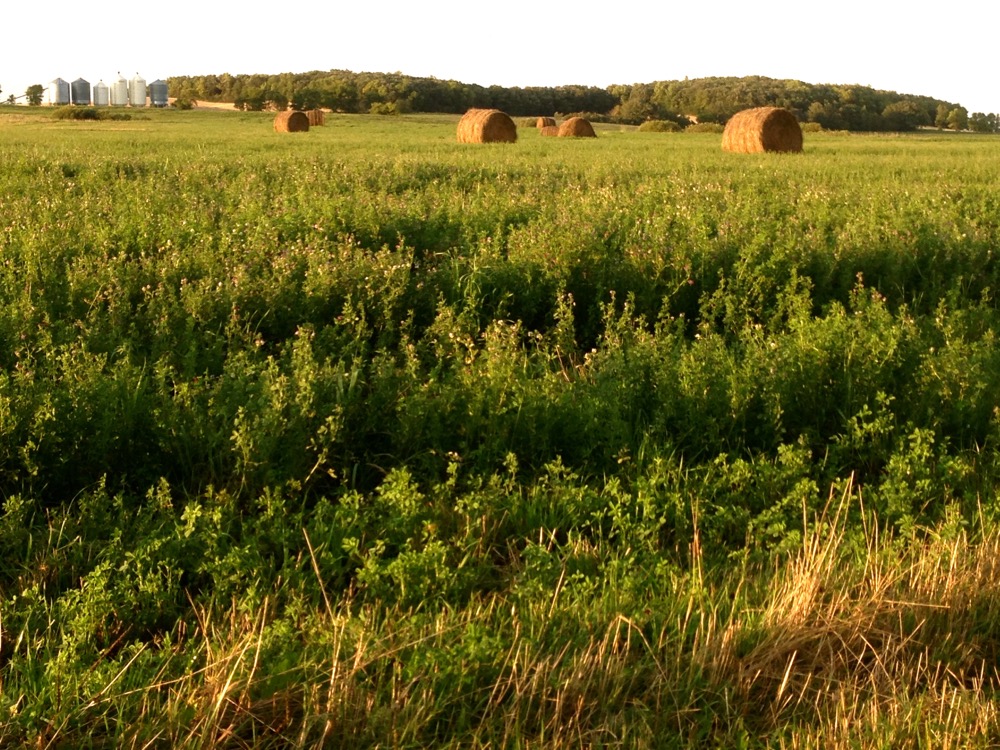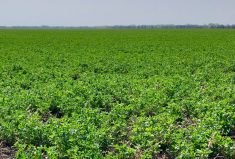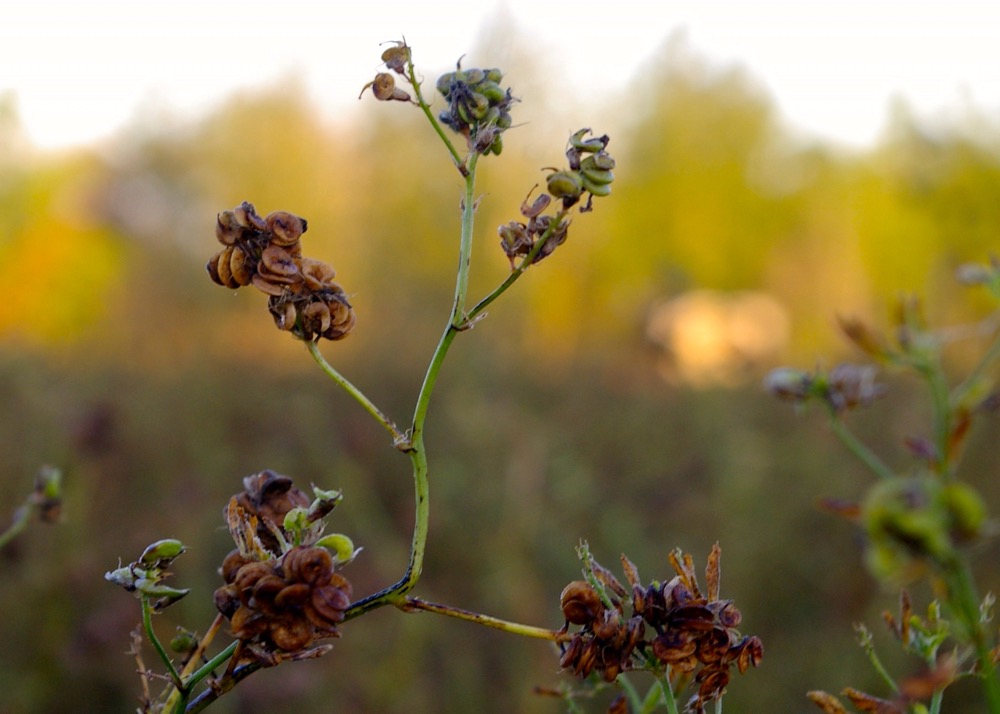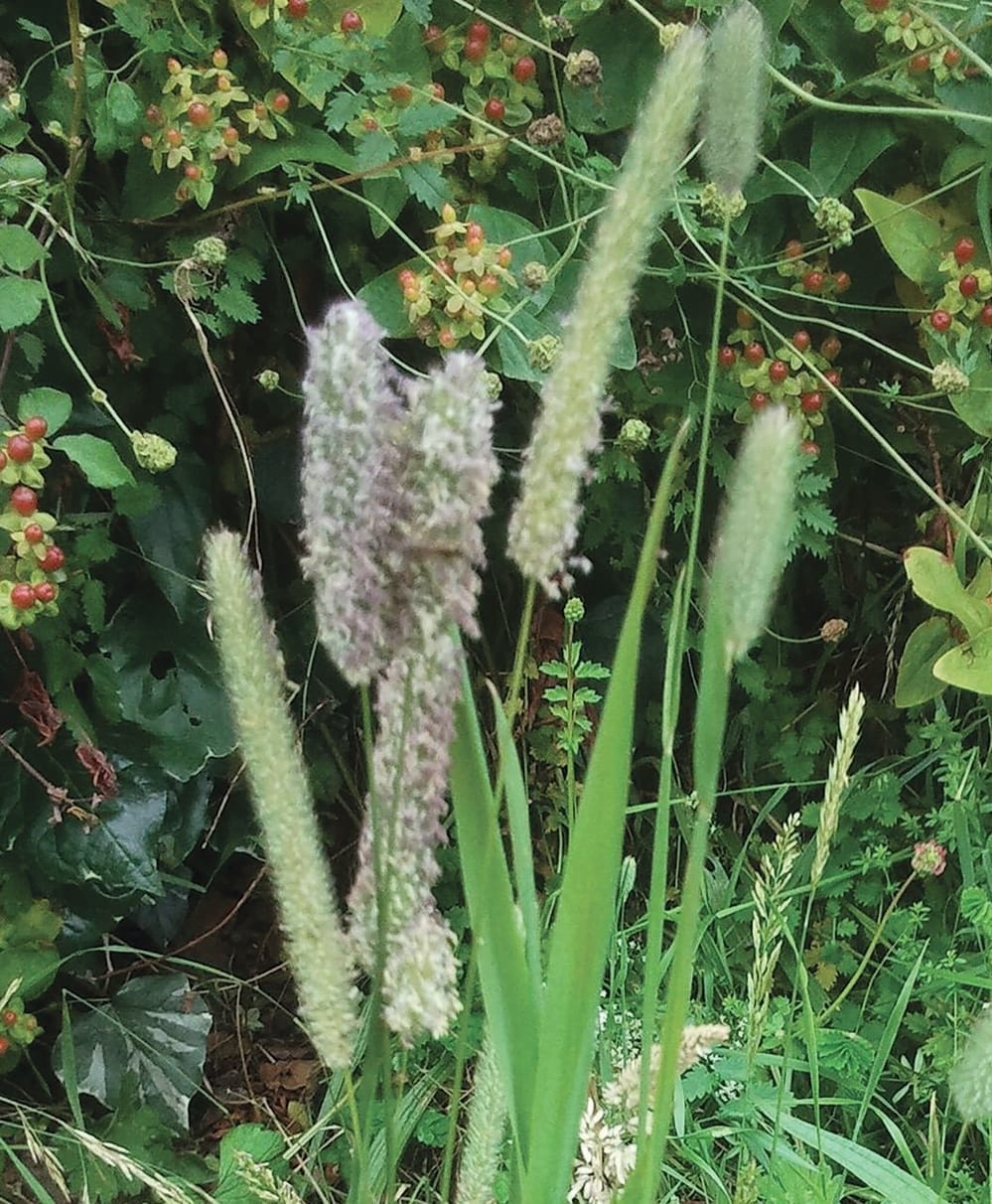Canadian overseas forage markets have grown in the past couple of years, and the future looks very promising.
Korea and Taiwan remain solid markets, but China has come on strong the past few years, Marc Lavoie, forage exporter and manager of Entreprises MacKay, said at the Alberta Forage Industry Network Conference.
“Last year, China imported 1.23 million tonnes of alfalfa, which was an increase of 37 per cent over the previous year,” said Lavoie. “Those are pretty strong growth numbers.”
The Korean market is expected to grow, thanks to a free trade agreement that came into effect last year. As duties decrease, Canadians hope to become more competitive in that market.
Read Also

Hail research hopes to benefit potato growers
Alberta research scientist measures hail storm and heat dome affects on potato crops
Imports of forage have also grown dramatically in the Middle East.
“It’s not a forage market as much as it is a water market,” said Lavoie. “We’re basically exporting products that take up a lot of water. They’re decreasing the use of water for forages in those parts of the world.”
Saudi Arabia has started importing a great deal of forage for dairy production.
“In terms of the Saudi projections, they’re going to import over 2.6 million tonnes in 2016,” he said. “To go from zero to 2.6 million tonnes is huge, considering that Japan, which used to be our largest market, is two million tonnes.”
The Japanese market has been decreasing for a few years. The Fukushima nuclear accident in 2012 caused forage imports to jump a bit, but they came back down in 2015.
“It is a declining market, but the Canadian dollar has come down and freight has come down so we’ll be competitive in future years,” said Lavoie. “We hope we’ll pick up some of the market share.”
The only negative note was last year’s drought.
“With the drought that we had, it was very difficult to find the hay that we wanted to export,” said Lavoie. “Not only that, it’s very expensive for us to be able to purchase it, export it and make money at it. The good news is that the markets are there. The bad news is that we had a tough year last year. We’re hoping for a better spring and summer and we’ll go from there.”
















